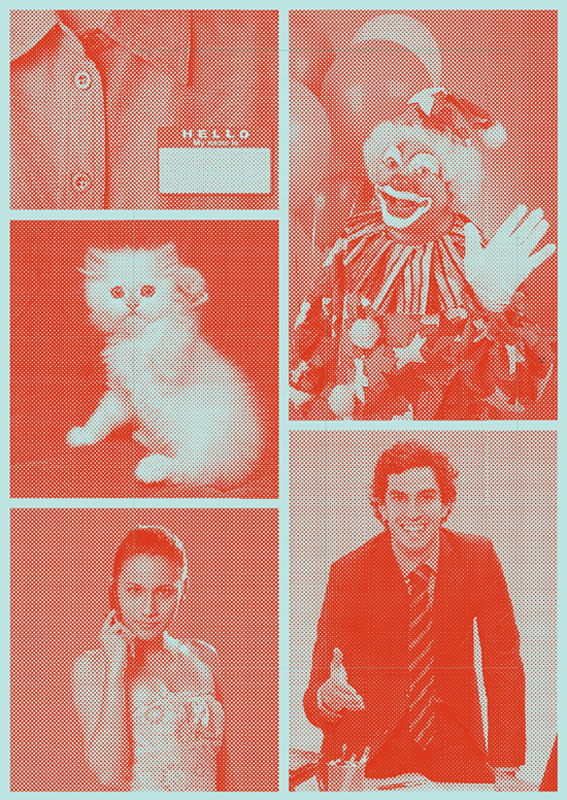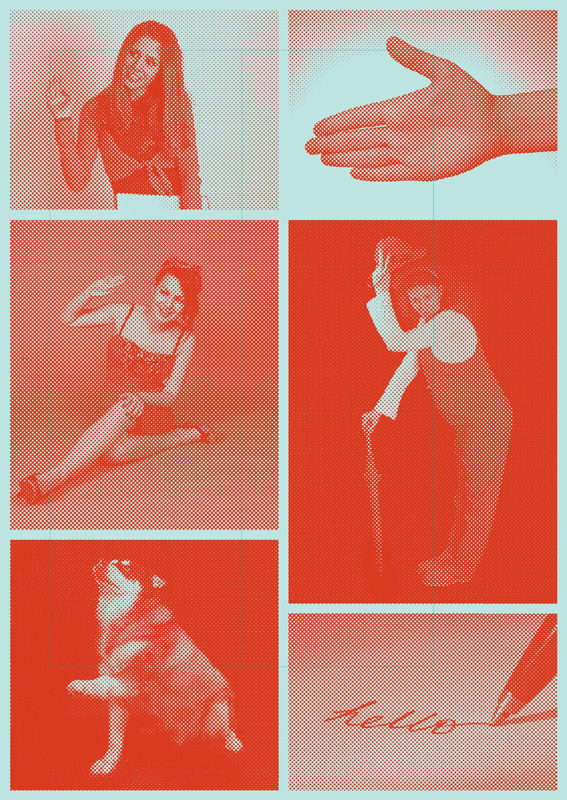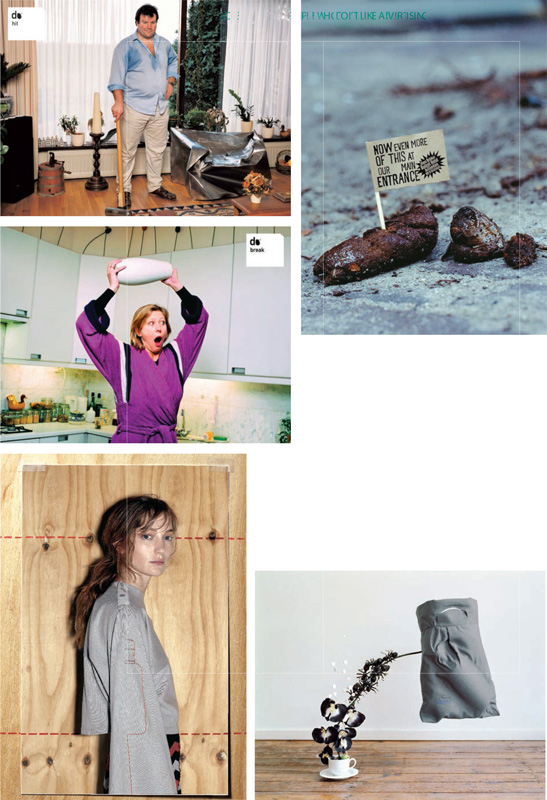HELLO.


This book is for anyone who’s ever been irritated by a commercial break or frustrated by a web banner. In other words, most people.
It was initiated by a company called KesselsKramer, and we know how you feel. We really do.
However, it’s only fair to inform you: we make ads. Lots of them.
Amongst many, many other projects, we’ve worked with global brands to make fashion collections, turned dogshit into mini billboards fig. 01 and promoted a Dutch province by staging a mass wedding.
KesselsKramer (KK) began in 1996, born in part from a dislike of adverts in general, as well as the industry conventions that produced them.
One of those conventions was the use of the word “advertising” itself. KK felt that “advertising” stood for a narrow mindset: the assembly-line production of formulaic billboards, TV ads and radio spots.
Instead, KesselsKramer became preoccupied with making “communications.” For KK “communications” stood for truthful, human messages that told a brand’s story in any and all available media.
Though now common, this approach was then novel: using music videos, books, exhibitions and stunts to support a product was rare to the point of being virtually non-existent.
This love of diversity also underscored a restlessness that extended beyond advertising. Outside commercial briefs, KesselsKramer spent (and spends) its time expressing creative ideas wherever the possibility arises. After all, an idea is still an idea, whether it comes attached to a sales message or not.
Over time, this version of “communications” came to encompass the publication of books on photography (through KK’s in-house publisher) and an own brand, “do,” whose many products aim to make consumerism less passive. fig. 01
More accurately, then, this book should be entitled Communications For People Who Don’t Like Advertising but that wouldn’t make much sense to anyone outside KesselsKramer. So it isn’t. Instead, we chose Advertising For People Who Don’t Like Advertising, not just for the sake of clarity but as an invitation to all those who would mess with creative commerce.
This book is motivated by a wish to look outward, to make contact with those we admire, those who question our industry. We wanted to discover what insights they’ve gained over the last decade or so, a period in which the business was redefined, and re-redefined, and re-re-redefined.
Our collaborators include Alex Bogusky, who left one of the most prestigious creative posts in advertising to work on the biggest of projects: how to help capitalism grow up.

Fig. 01: Anti-clockwise from top right: KK’s stunt for the Hans Brinker Budget Hotel, possibly the most widely reported dog turd in history. A selection of items from KK’s inhouse brand “do,” which seeks to make consumerism less passive by asking users to modify its products. Two images from an international fashion collection developed for Absolut.
Renowned designer Stefan Sagmeister explains how quitting work makes you better at working.
The legendary Steve Henry tells how he changed the business of advertising once, and suggests how he would do so again.
Photographer, curator, journalist and all-round Renaissance Man Hans Aarsman ponders the always murky line between advertising and news.
Anthony Burrill visualizes his concerns with communications through design and illustration.
Finally, former music video director, copywriter superstar and educator Mark Fenske tells us what it takes to become a great creative.
But this book isn’t a blueprint for a brighter tomorrow. You’re not holding a political manifesto, only with pictures. And don’t expect footnotes with quotes from peerreviewed papers. Academically speaking, nothing here would make it on Wikipedia.
Do expect a collage. As well as our contributors’ pieces, tales of Kessels-Kramer’s own exploits and creative advice, we have examples of contemporary advertising that don’t look, feel or think like advertising. These are included to inspire and amuse both you and us.
Before we begin, let’s end on a final caveat: along the way, we’ll raise more questions than we answer. And most of what you’ll read is pure, subjective, unverifiable opinion. Opinion formed over long years, long hours, some success and more failure… but opinion nonetheless.
One of those opinions has to do with a drift we see within the industry, a movement toward a more positive form of advertising. So select a seating position of your choice, open a refreshing beverage and we’ll attempt some cultural commentary.
